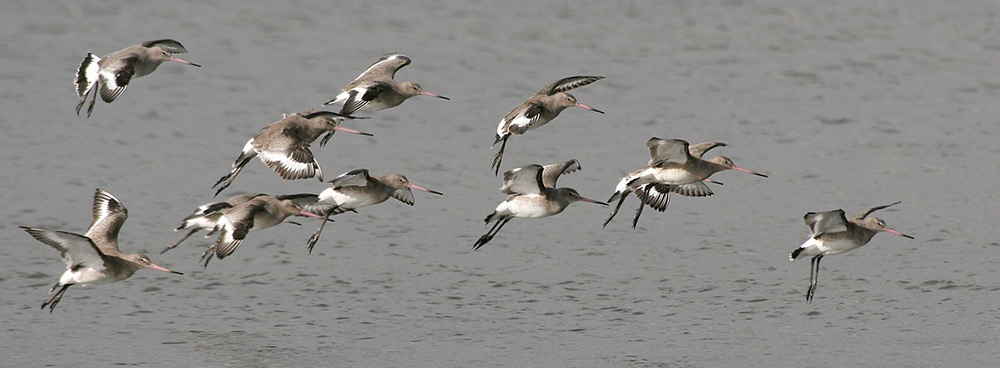BTO publishes peer-reviewed papers in a wide range of scientific journals, both independently and with our partners. If you are unable to access a scientific paper by a BTO author, please contact us.
Search settings
The greenhouse emissions footprint of free-range eggs
Author: Taylor, R.C., Omed, H. & Edwards-Jones, G.
Published: 2014
01.01.14
Papers
Colonisation and range expansion of inland-breeding Cormorants in England
Author: Newson, S.E., Marchant, J.H., Sellers, R.M., Ekins, G.R., Hearn, R.D. & Burton, N.H.K.
Published: 2013
Following the establishment of a tree-nesting colony of Great Cormorants Phalacrocorax carbo at Abberton Reservoir, Essex, in 1981, the inland breeding population in England has increased considerably. Successful breeding has now occurred at 89 inland sites and, while Cormorants have been actively dissuaded from breeding at a number of these, the inland population in England reached about 2,362 breeding pairs at 48 sites in 2012. Increasing numbers of Cormorants on inland waters in England have intensified conflict between Cormorants and fisheries. This resulted in an increase in the number of Cormorants that could be killed under licence to 3,000 per year during the winters of 2004/05 and 2005/06, after which licences for up to 2,000 birds per year have been issued.There is some evidence that the inland breeding population is now stabilising, mainly as a result of declines at some of the older colonies established in the 1980s and early 1990s. New inland colonies continue to be established, however, most notably through expansion of their range into the southwest
01.12.13
Papers
Why is timing of bird migration advancing when individuals are not?
Author: Gill, J.A., Alves, J.A., Sutherland, W.J., Appleton, G.F., Potts, P.M. & Gunnarsson, T.G.
Published: 2013
The BTO is involved in new research led the University of East Anglia, showing that young birds are the trend-setters when it comes to migration. It had generally been believed that the flexibility of individuals to respond to warmer springs lies behind the phenomenon of advancing migration. In this paper, focusing on the changing arrival dates of Black-tailed Godwits in Iceland, the authors show that individual, colour-ringed birds are not changing their schedules over time. Instead, it is the earlier spring migration of birds hatched in more recent years that lies behind the observed pattern of advancing arrival for the species.
13.11.13
Papers

Economic Analysis for the UK National Ecosystem Assessment: Synthesis and Scenario Valuation of Changes in Ecosystem Services
Author: Bateman, I.J., Harwood, A. R., Abson, D.J., Andrews, B., Crowe, A., Dugdale, S., Carlo Fezzi, C., Foden, J., Hadley, D., Haines-Young, R., Hulme, M., Kontoleon, A., Munday, P., Pascual, U., Paterson, J., Perino, G., Sen, A., Siriwardena, G. & Termansen, M.
Published: 2013
27.09.13
Papers
Does food supplementation really enhance productivity of breeding birds?
Author: Harrison, T.J.E, Smith, J.A., Martin, G.R., Chamberlain, D.E., Bearhop, S., Robb, G.N. & Reynolds, S.J.
Published: 2013
01.01.13
Papers